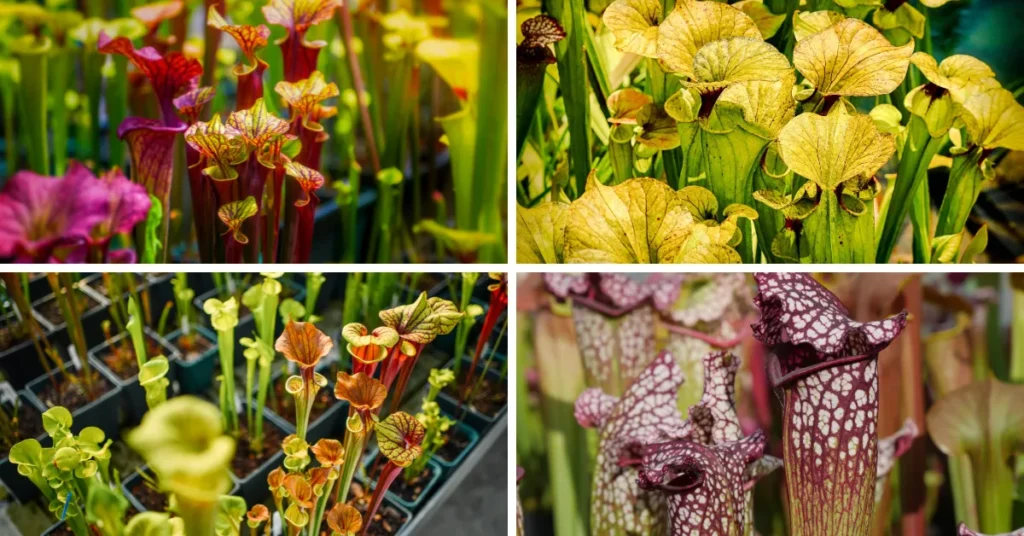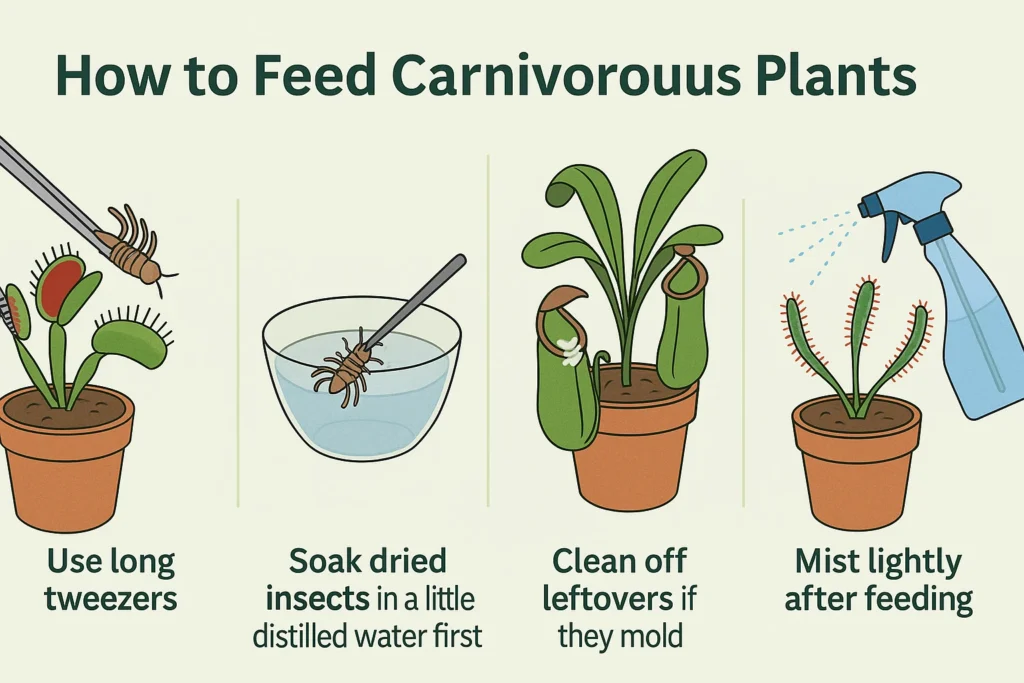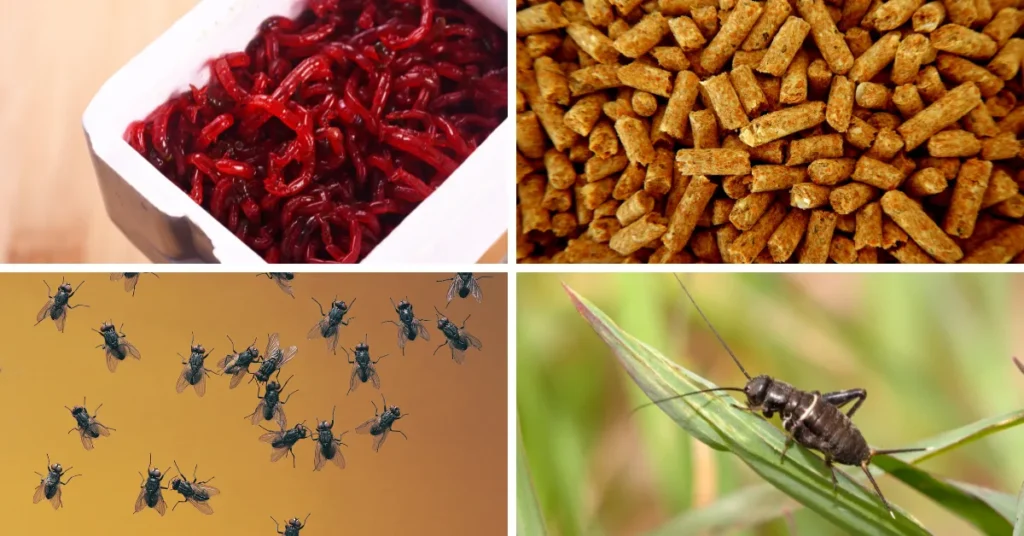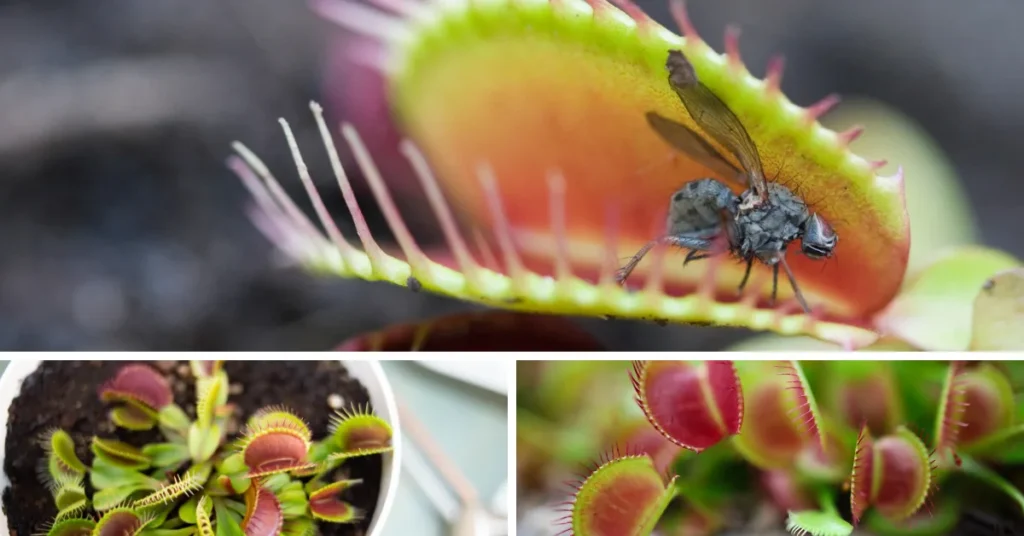How To Feed Carnivorous Plants (Including What To Feed Pitcher Plants)
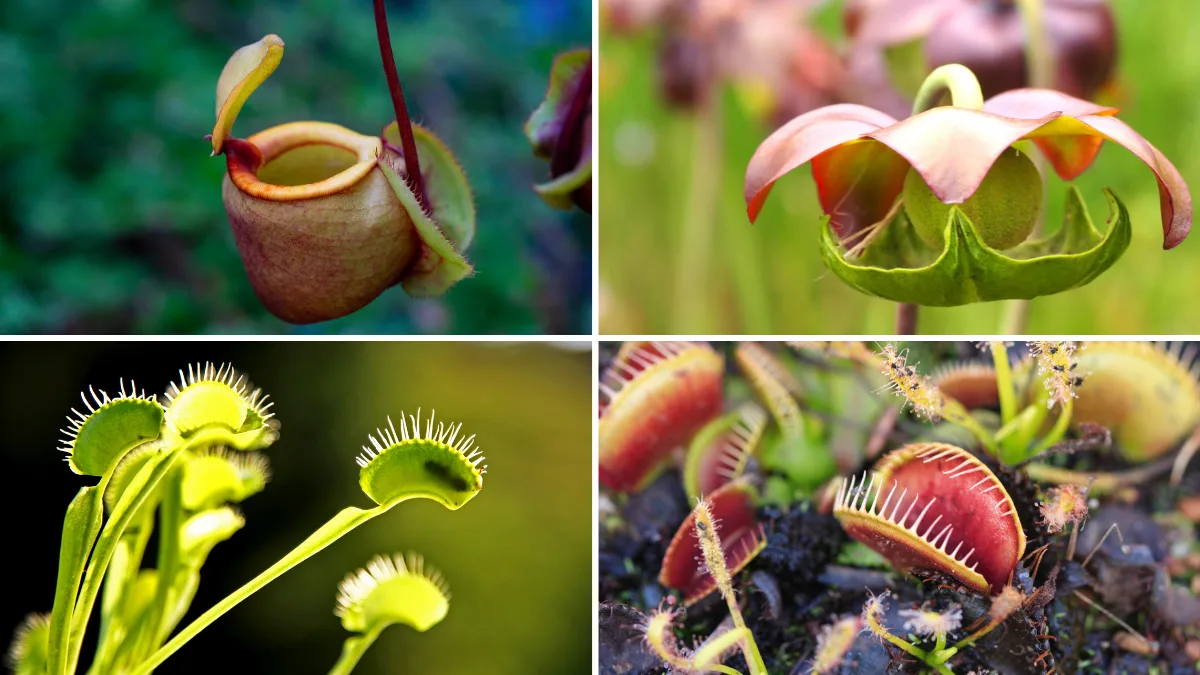
Simple, No-Nonsense Guide for New and Experienced Growers Alike
Carnivorous plants aren’t just interesting—they’re practical, hardy, and a bit addicting once you get the hang of their care. While people often focus on soil and sunlight (important, no doubt), one part that gets glossed over is feeding. And yes, they do need to be fed—especially if they’re growing indoors.
This guide will walk you through how to feed carnivorous plants the right way, what to feed pitcher plants, and how to avoid overdoing it. No fluff, no myths—just tested experience and clear advice.
Table of Contents
What Are Carnivorous Plants?
These aren’t your average houseplants. Carnivorous plants evolved to survive in nutrient-poor environments—think bogs, acidic wetlands, and sand-heavy soils. Since they can’t rely on the soil for nitrogen or phosphorus, they’ve developed traps to catch and digest insects.
The most common types you’ll run into include:
- Venus Flytraps (Dionaea muscipula) – Famous for their jaw-like traps that snap shut when touched.
- Pitcher Plants (Sarracenia, Nepenthes, and others) – These have tall, vase-shaped leaves filled with liquid that drowns insects.
- Sundews (Drosera) – Tiny glands on their leaves exude sticky mucilage to trap small bugs.
- Butterworts (Pinguicula) – Greasy leaves that attract and digest gnats and other soft-bodied insects.
Each plant works a bit differently, so let’s get into specifics.
What To Feed Pitcher Plants (And What To Never Use)
Pitcher plants are passive but highly efficient. Whether you’re growing a Sarracenia (North American pitcher) or a Nepenthes (tropical pitcher), the method is the same: bugs fall into the pitcher and drown in a pool of digestive enzymes.
When it comes to what to feed pitcher plants, here’s what works best:
- Live or dried insects: Mealworms, bloodworms, or small crickets are perfect.
- Fish food flakes or pellets: Betta pellets or high-protein fish food are a great substitute indoors.
- Freeze-dried bugs: Soak them first in distilled water so they’re easier to digest.
Never feed your pitcher plants:
- Meat, cheese, or human food (yes, people try it — don’t)
- Bugs that are too big to be fully submerged
- Anything during dormancy (for Sarracenia)
Indoor pitcher plants should be fed once every 2–4 weeks. Outdoor plants usually catch enough on their own.
Feeding tip: Use tweezers or a toothpick to gently place food inside the pitcher. If it floats on top or molds, it’s too much or too dry. you see how little they actually need.
How To Feed Carnivorous Plants?
Feeding carnivorous plants isn’t as dramatic as it sounds — it’s mostly patience and not overdoing it.
Here’s a basic how-to:
- Pick the right food. Stick with insects or high-protein alternatives.
- Use tweezers. Especially for small traps like flytraps and sundews.
- Don’t overfeed. One bug per trap every few weeks is enough.
- Mimic natural cues (if needed). For Venus flytraps, gently trigger the hairs to close the trap.
- Avoid feeding during dormancy. Many species go dormant in winter and don’t need food.
How to feed carnivorous plants depends on the type. Flytraps need manual triggering. Sundews just need food to touch their sticky glands. Pitcher plants will quietly digest anything that falls in.
Feeding frequency matters more than feeding variety.
How Often Should You Feed Carnivorous Plants?
Venus Flytrap
Feeding: Every 2–4 weeks
Amount: 1 bug per trap
Pitcher Plant
Feeding: Every 2–3 weeks
Amount: 1 bug per pitcher
Sundew
Feeding: Weekly to bi-weekly
Amount: Light dusting
Butterwort
Feeding: Once a month
Amount: Small amount
Overfeeding leads to blackened traps and mold — not a stronger plant.
General feeding schedule:
- Venus Flytrap: Every 2–3 weeks, one bug per active trap.
- Pitcher Plants: One bug or pellet every 2–4 weeks (indoors only).
- Sundews & Butterworts: Small insect or pellet once every 1–2 weeks.
Plants grown outdoors usually don’t need feeding at all. If bugs are scarce (say, you’re growing them indoors or in a screened porch), then feeding helps.
It’s not just about how to feed carnivorous plants, but when not to feed them. If they’re stressed, dormant, or not getting enough light, skip it.
What To Feed Venus Fly Trap Indoors?
Indoor flytraps won’t catch their own food, so you’ll need to step in.
What works:
- Dried bloodworms
- Crushed betta pellets
- Small flies or crickets
Use tweezers to place food inside an open trap, then gently touch the hairs inside to trigger it. Only feed one trap at a time, and avoid feeding every trap on the plant—it’s too much.
This is especially useful if you’re wondering what to feed Venus fly trap indoor without attracting live bugs into your house.
What Do Venus Fly Traps Eat Naturally?
In the wild, they eat:
- Houseflies
- Small beetles
- Spiders
- Gnats
They catch what crawls or flies into their trap. Indoors, you just have to mimic that diet as best you can.
They can go weeks without eating and still survive. Feeding helps them grow faster and produce stronger traps, but it isn’t mandatory unless they’re showing signs of slow growth.
So, what do Venus fly traps eat? Pretty much anything with legs — just not your lunch.
Venus Fly Trap Care (Feeding + Everything Else)
Here’s a quick checklist to keep your flytrap healthy year-round:
- Feeding: One bug every 2–3 weeks per trap
- Water: Only distilled or rainwater. No tap water — ever.
- Light: 4–6 hours of direct sun, or 12–16 under grow lights
- Soil: 50/50 peat moss and perlite. No fertilizer.
- Dormancy: Late fall to early spring. Stop feeding and reduce water.
FAQs About Feeding Carnivorous Plants
Can I feed them meat or table scraps?
Nope. Stick to bugs or specialized food. Human food will rot the trap and attract mold.
Can they survive without feeding?
Yes, for a while. But without insects or supplements, they’ll eventually slow down or stop growing.
Do I need to fertilize them?
Generally, no. Feeding replaces the need for fertilizer in most cases.
What if a trap turns black after feeding?
It probably overworked itself or the bug was too big. Cut it off and the plant will be fine.
More Growing Help + Trusted Resources
If you’re building a proper setup for your carnivorous plants—especially outdoor bog gardens, raised beds, or specialized containers—some of our gardening calculators can save you time and guesswork.
Here are a few tools worth bookmarking:
- Soil pH Calculator – Carnivorous plants need acidic soil (typically pH 4.5–5.5). Use this to check and adjust your mix before planting.
- Raised Garden Bed Soil Calculator – Useful if you’re setting up a dedicated raised bog bed for Sarracenia or sundews.
- Compost Calculator – While you shouldn’t add compost directly to carnivorous plant soil, this helps if you’re managing surrounding soil zones or companion beds.
- Soil Calculator – Figure out how much peat, perlite, or sphagnum moss you’ll need for your pots or beds.
- Dirt & Topsoil Calculator – Again, not for inside the pot—but useful if you’re landscaping around your bog garden.
- Mulch Calculator – Helps estimate how much mulch you’ll need around, not on, your carnivorous plant setups. Great for moisture control in outdoor environments.
We don’t recommend fertilizing these plants like traditional ornamentals, but if you’re managing mixed beds or nearby grass, the Lawn Fertilizer Calculator can help elsewhere in your garden.
And for expert-backed houseplant care tips, explore this excellent research piece from the Ecological Society of America:
👉 How domestic growing conditions affect plant care and adaptation (ESA Journal)
Final Thoughts: Feeding With Intention, Not Overkill
Once you understand how to feed carnivorous plants, the rest falls into place. Start slow. Use the right food, don’t overdo it, and match your feeding schedule to the plant’s lifestyle.
Whether you’re figuring out what to feed pitcher plants or just trying to keep your Venus flytrap happy on the windowsill, a little hands-on attention goes a long way.
Questions? Leave a comment or browse the rest of our carnivorous plant resources. These plants may be wild—but they’re easier to care for than most people think.
Let me know if you’d like this uploaded into a Google Doc, turned into a downloadable PDF, or broken into separate posts for social/email.

